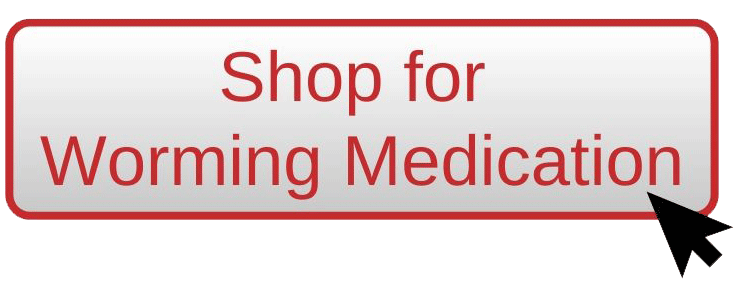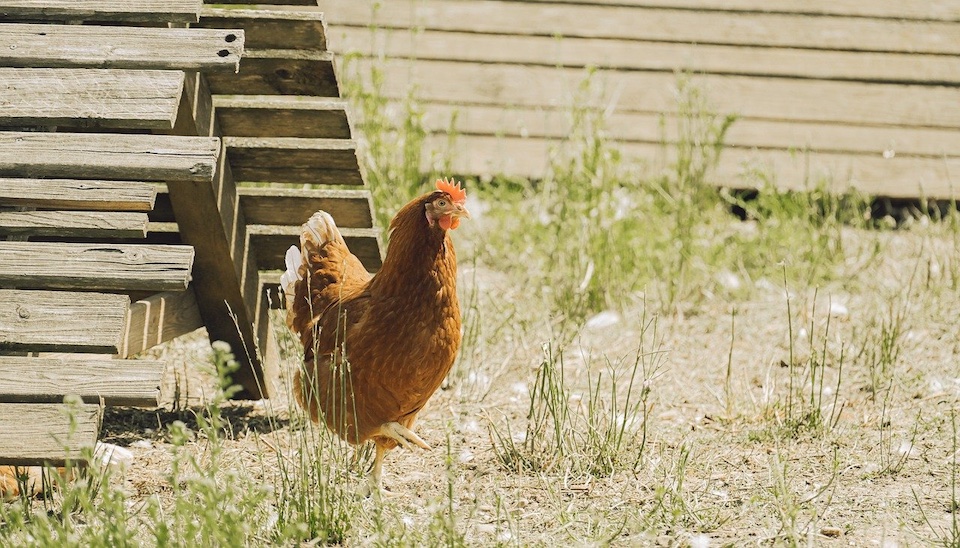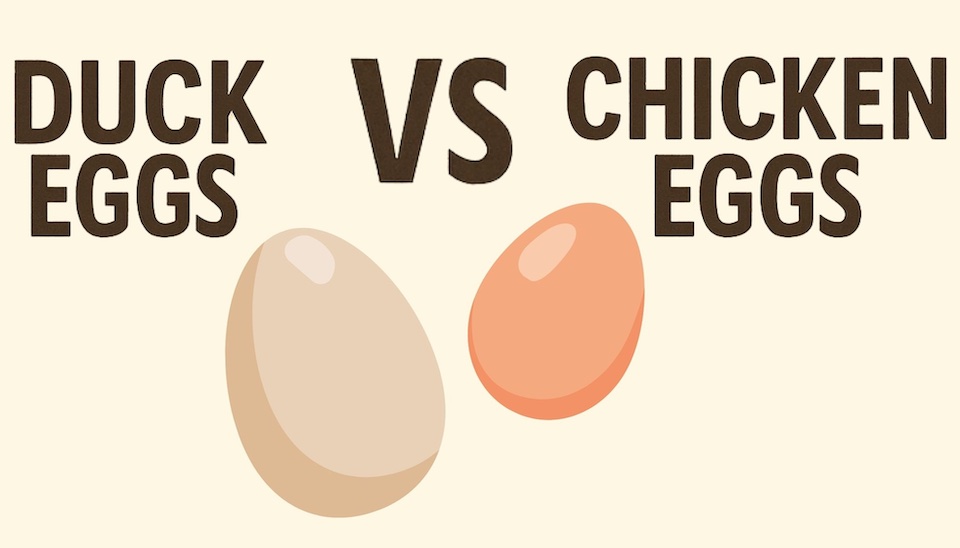What are the Symptoms of Chicken Gapeworm?
Respiratory infection or gapeworm?
Chickens have a complex respiratory system that is prone to disease and infection. It is for this reason that breathing problems are one of the first consequences of environmental stress.
While it is hard to miss a chicken that is coughing or having trouble breathing, it is much more difficult to discern whether a parasite or an infection causes the problem. Gapeworm and Chicken Respiratory Disease (CRD) have very similar symptoms but require entirely different treatment.
Symptoms of gapeworm
Gapeworm (Syngamus trachea) is a parasitic infection of thin, red worms which live in the trachea, and sometimes the bronchi or lungs, of birds. They can affect chickens but are more common in turkeys, waterfowl (ducks and geese) and game birds (pheasants etc.). Because they affect the upper respiratory tract, gapeworm infestations have similar symptoms to Chicken Respiratory Disease; the two are frequently confused.
Indications of gapeworm in chickens include:
- Gaping (stretching the neck and shaking the head, in an attempt to dislodge the worms)
- Coughing
- Open-mouthed breathing or panting
- Gasping for breath
- Wheezing or hissing
In comparison with CRD, gapeworm is far less likely to be accompanied by sneezing and nasal discharge. Additionally, CRD is generally characterised by a congested, phlegmy sound in the chest. Unlike the rattling or gurgling that gapeworm will produce, stemming from the trachea or throat.
Click these helpful links for valuable information on the signs and symptoms of CRD, or to learn how to treat chickens suffering from Chicken Respiratory Disease.
How to treat gapeworm
Healthy adult chickens can cope with a certain level of internal parasites before their health is affected. However, if birds are showing apparent symptoms of gapeworm it is essential to treat them with a dewormer. Treatment will prevent permanent damage to their respiratory system and eventual death.
To treat gapeworm, follow these steps:
1. Treat the flock
If one bird is showing signs of a gapeworm infestation, your whole flock will be carrying the parasite and should be treated.
Not all avian dewormers available in Australia will treat birds for gapeworm. Therefore choose your wormer carefully, and always follow the instructions for use.
2. Treat the flock again
Gapeworms spread through the ingestion of eggs that are coughed up by infected birds or present in their faeces. Therefore, it is necessary to treat birds for gapeworm twice. The initial treatment will kill adult worms infecting the birds, while the second treatment will eradicate any worms which have hatched from eggs or been ingested since the first treatment.
The length of time between the first and second treatment will vary depending on the dewormer, but it is generally from 7 to 14 days.
3. Reduce the risk of reinfection
After the second deworming, it is important to reduce the risk of reinfection by cleaning and, where possible, disinfecting the cage and/or run within 24 hours of treatment. This will destroy any remaining eggs and reduce the risk of reinfection.
Tips on disinfecting your chicken coop
4. Implement a regular deworming program
As with many illnesses, prevention is better than a cure. We recommend you deworm your chickens twice a year to prevent parasitic loads that may adversely affect bird health. Regular deworming will also reduce the risk of confusing CRD with gapeworm, ensuring that when your chickens fall ill, they will receive the correct treatment.




